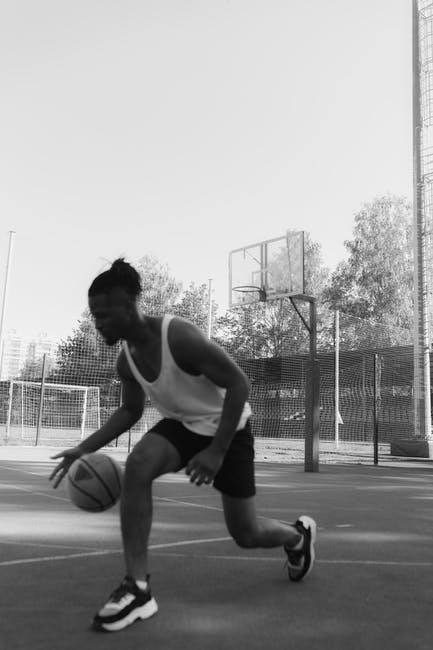The even handed sharing an ice cream cone with a stranger can dwelling off emotions of disgust—alternatively that is in general no longer the case with somebody shut to us, corresponding to a romantic partner or child.
A new ogle within the journal Science on Thursday reveals that teenagers are privy to this dynamic from a extremely younger age, and stare saliva change—thru actions esteem kissing, sharing food, or wiping away dribble— as a cue to characterize whether two people like a particular bond.
“We all know from hundreds of compare that infants are huge attuned to that social facet of their world,” Ashley Thomas, a researcher at Harvard and MIT, told AFP.
“However one ingredient that we didn’t know sooner than this ogle is whether or not they genuinely hear to a whole lot of styles of relationships.”
In explain, Thomas and colleagues desired to know whether teenagers can distinguish particular relationships known as “thick,” a duration of time first coined by the philosopher Avishai Margalit.
To take a look at whether teenagers get the an identical distinctions as adults, the team devised a series of experiments.
First they introduced a team of more than 100 teenagers damaged-down 5 to seven with cartoons featuring characters in interactions with every other.
The teenagers successfully predicted that “sharing utensils, or licking the an identical food item, would happen within nuclear families, whereas sharing toys and partitionable food would happen equally within friendships and families.”
Puppet expose
Subsequent, the researchers desired to take a look at the thought on infants and minute toddlers, who can no longer vocalize their thoughts besides to older teenagers.
Their experiment used to be inspired by traditional experiences of vervet monkeys, who heard a smartly-identified juvenile in injure and looked in direction of that juvenile’s mother, expecting her to respond.
To recreate the premise for younger people, they made video clips featuring two female compare assistants from Thomas’s lab play-performing with a cute blue puppet.
The precious girl took a chunk of an orange nick, then fed the puppet, then took another chunk of the an identical nick.
The second girl is then shown passing a ball abet and forth with the puppet.
“Each and each are indubitably pleasant interactions and cooperative, nonetheless entirely one amongst them will doubtless be something that we’d affiliate as adults with a shut relationship,” acknowledged Thomas.
They then showed their dozens of subjects a clip of the an identical puppet crying, with both ladies folk on both facet of it, and measured who the babies looked in the beginning and for the methodology lengthy.
The teenagers surmised that the pair in a saliva-sharing relationship like been nearer.
Each and each actresses—who like been of a whole lot of ethnicities—performed in both roles to a whole lot of teams of economically and racially diverse minute toddlers.
To get optimistic the kids weren’t simply assuming a one who shares food is inherently nicer, they ran another take a look at thru which the topics like been shown the an identical opening videos, nonetheless the puppet in injure used to be a brand new character.
When this came about, neither the infants nor minute toddlers looked first or longer on the food sharer.
Lastly, they ran a take a look at where one actress positioned her finger in her mouth, circled it, then positioned it within the puppet’s mouth, while the opposite actress performed the an identical rotating actions on her and the puppet’s forehead.
But another time, the kids looked more to the actress sharing saliva when the puppet cried, setting apart this because the marker.
Making connections
The findings make on scientific working out about how teenagers lift social dynamics, acknowledged Thomas.
“We all know, to illustrate, that infants hear to who’s good to somebody else,” she acknowledged.
“The precious takeaway of this ogle is that infants are no longer entirely paying attention to people’s traits… they’re furthermore paying attention to who’s connected and one of the most best ways they’re connected.”
Working out how we enlighten human relationships would possibly perhaps in some unspecified time in the future like shining advantages, to illustrate by helping people that get it more difficult to forge such bonds.
“What a upright failing or no longer it is been that now we like no longer helped autistic people with their connections with folks,” acknowledged Thomas.
“They indubitably favor these connections, and so that they simply would possibly perhaps lack about a of the abilities to get them. I ponder that this compare would possibly perhaps encourage us encourage folks navigate relationships eventually.”
Extra files:
Ashley J. Thomas, Early ideas of intimacy: younger people utilize saliva sharing to deduce shut relationships, Science (2022). DOI: 10.1126/science.abh1054. www.science.org/doi/10.1126/science.abh1054
© 2022 AFP
Quotation:
The dribble take a look at: How minute toddlers space shut social ties (2022, January 22)
retrieved 23 January 2022
from https://medicalxpress.com/data/2022-01-dribble-minute toddlers-social-ties.html
This document is self-discipline to copyright. Rather then any ravishing dealing for the cause of deepest ogle or compare, no
section will doubtless be reproduced with out the written permission. The content material is equipped for files capabilities entirely.

